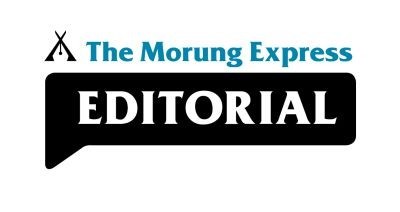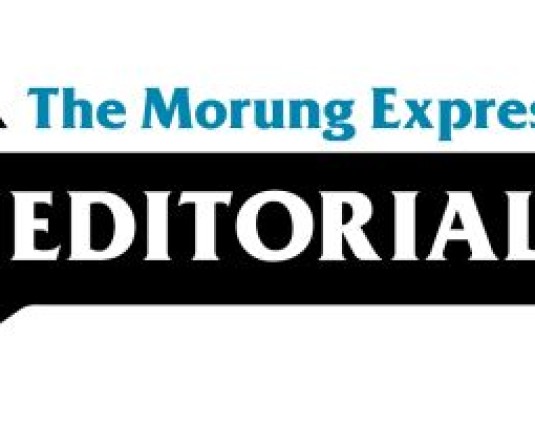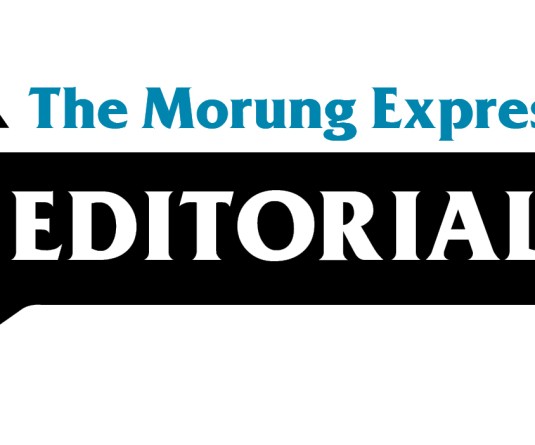
Questions arise whether health schemes in Nagaland are reaching their intended target
By Moa Jamir
The recently released Nagaland Economic Survey 2024-25 provides a mixed picture of the implementation and coverage of health insurance schemes in the state. According to the report, as of February 19, 2025, a total of 135,306 Chief Minister Health Insurance Scheme (CMHIS) cards have been issued and distributed, covering 85,968 registered households. The highest enrolment has been recorded among the general category, followed by government employees and pensioners.
CMHIS, a flagship public health insurance initiative of the Government of Nagaland, aims to provide cashless treatment for eligible beneficiaries and intended to bridge the gap for government employees, pensioners, and indigenous inhabitants or permanent residents of Nagaland who are not covered under the Ayushman Bharat Pradhan Mantri Jan Arogya Yojana (ABPM-JAY). The scheme operates in convergence with ABPM-JAY and offers two categories of health insurance: CMHIS Employees and Pensioners (EP) with coverage of ₹20 lakhs per family per year, and CMHIS General Category (GC) with ₹5 lakhs per family per year.
As per the CMHIS website, as of March 24, a total of 156,554 households have been registered under the scheme. This includes 86,220 government employees, 3,439 pensioners, and 34,393 general category beneficiaries. The total number of issued cards stands at 188,182.
Parallelly, ABPM-JAY covers poor and vulnerable households identified from the Socio-Economic Caste Census (SECC) 2011 data. According to the Department of Health and Family Welfare, Nagaland, a total of 2,33,328 families in Nagaland are eligible under this scheme. The Ayushman Bharat Dashboard indicates that 7,37,832 cards have been created in Nagaland so far.
When juxtaposed with the available household data, a significant gap emerges. As per the 2011 Census, Nagaland had 396,002 households, including 393,165 normal households and 2,617 institutional and houseless households. The latest Household Consumption Expenditure Survey (HCES) 2023-24 estimates an increase to 397,200 households. Meanwhile, the National Health Authority's Annual Report 2022-23 noted that under the state-sponsored health scheme implemented in convergence, 90,985 beneficiary families were registered, bringing the total to 3,50,453 families.
Assuming a 100% registration rate for both Ayushman Bharat and CMHIS, the total number of covered households should ideally reach 389,882. However, if the CMHIS figure of 156,554 is a convergent total rather than a separate set of beneficiaries, then the actual coverage remains significantly below the total households in Nagaland. This raises serious concerns about accessibility, enrolment, and awareness.
A deeper examination of district-wise data on the Ayushman Bharat website reveals stark regional disparities. For instance, while Dimapur leads with 1,64,016 registered beneficiaries, Mon follows with 1,01,021. In stark contrast, the numbers plummet in other districts—Niuland (190), Shamator (191), Tseminyu (517), and Noklak (769). Such discrepancies prompt critical questions: Are these figures reflective of non-eligibility, lack of awareness, or administrative lapses in enrolment?
Adding to the challenge, CMHIS has been plagued by payment delays and accountability issues. Recent reports suggest that hospitals have faced difficulties in receiving payments, while “alleged fraud and abuse/misuse” are put forward from the other end.
While the Nagaland Health Protection Society (NHPS), has been proactive in clarifying or troubleshooting, the recurring crises point to the crucial need for streamlining the process. The Society has been intensifying its campaign for CMHIS, mere promotion is insufficient. A concerted effort is required to ensure wider coverage, better enrolment mechanisms, and robust data management.Health insurance schemes like CMHIS and ABPM-JAY are vital steps towards achieving universal healthcare. If Nagaland truly aims to provide health security, it must address all shortcomings with urgency, else the vision of universal health coverage remains ‘un-universal.’
For any feedback, drop a line to jamir.moa@gmail.com




